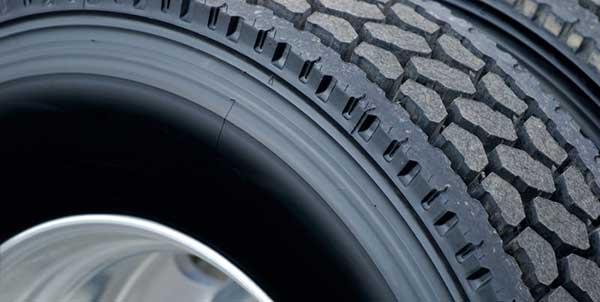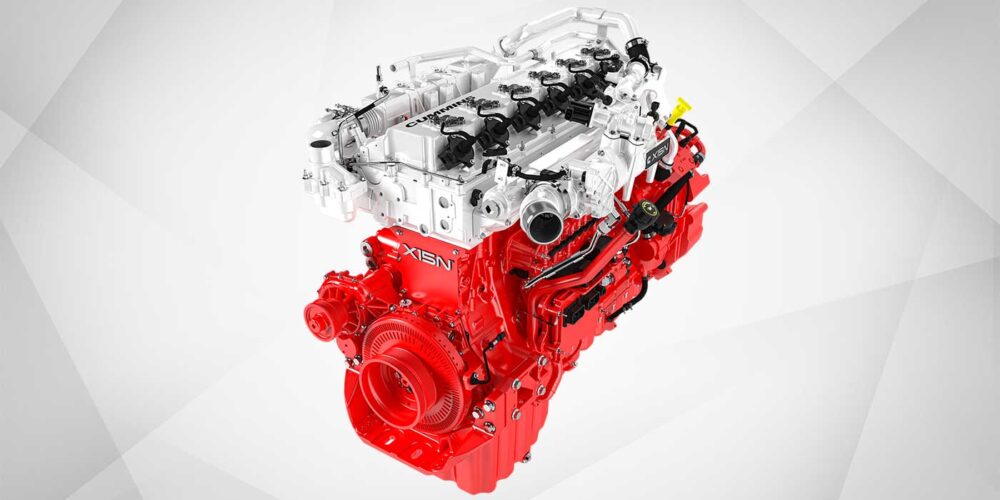Every tire manufacturer is constantly preaching the importance of maintaining proper tire inflation when it comes to maximizing tire treadwear, increasing casing retreadability, improving fuel economy and lowering cost per mile. Visibly inspecting tires and checking tire pressures are recommended on a regular basis. “Regular” for some fleets may mean every day, once a week or monthly; for others, it might mean only during a PM. Application also plays a role. Fleets that see off-road service and pickup and delivery city service, for example, should be checking tire pressures most frequently.
Recommended tire pressure is based on the worst-case load the tire will see under real world conditions. Once you know that load, a load/inflation table will advise what is the recommended cold tire inflation pressure.
Cold inflation is based on room temperature of 68° F and do not include any inflation pressure build-up due to vehicle operation. Never adjust tire pressure based checking a hot tire just coming off the highway. A hot tire may see an increase of up to 15% from the cold inflation pressure. It can take several hours for a tire to cool back down and reach ambient pressure.
During the pre-trip inspection process, tires should be at the top of the list for drivers. Some drivers use their boot to kick the tires to check for proper pressure, others use a baseball bat and a few drivers use a stick or a dial pressure gauge. During the major trucking trade shows and exhibitions, some of the tire companies and retread associations will have multiple inflated tires on display with a contest for truckers to identify the tire pressures from low to high based on using the old reliable baseball bat. In reality, the only information the baseball bat will tell the driver is if the tire is completely flat. It is only by pure luck that a trucker will identify the correct tire pressures using a baseball bat.
Regardless of manufacturer, a stick tire pressure gauge is only accurate to plus or minus (+/-) 3 PSI brand new out of the box. This means that a tire with 100 actual PSI could measure 97 PSI with Gauge A and 103 PSI with Gauge B. Dropping a stick gauge from steering wheel height onto the hard concrete surface can cause the plastic piece with the PSI numbers to regress to +/- 5 PSI with only one drop. Stick gauges need to be verified for accuracy with a master gauge on a frequent basis. If the gauge is inaccurate, it is time to toss it. Some gauges are adjustable by turning the set screw at the bottom of the stick gauge.
Checking with technicians in a shop with 10 stick gauges, you will see quite a range of pressure readings unless they are calibrating their gauges with a master gauge or air gauge checking station (see below).
Why are stick gauges so inaccurate?
When you look inside a passenger or truck tire stick gauge it is all the same: A plastic or metal stick with numbers and a spring are the two major components. The spring stiffness coefficient varies from gauge to gauge leading to a large variation in results. Depending on how the plastic stick lines up inside the spring during manufacture will also play a large role in the final measured PSI value.
Dial gauges are a step up from the stick gauge. There is still a wide range of results from the various type of dial gauges available in the market, and they are typically not adjustable. There is also a significant price increase associated with these dial gauges. When purchasing a dial gauge, check with the manufacturer to determine the accuracy. If there is no mention of accuracy on the gauge packaging, then it may be wise to simply purchase a stick gauge.
Accuracy of dial gauges are available in four grades: A, B, C and D. Grade A is the best with an accuracy of +/- 1 % in the middle half of the scale. Grade B is +/- 2 %, Grade C is +/- 3% and Grade D drops to +/- 5%.
Maintaining proper tire inflation continues to be the secret to reducing costs and optimizing your tire program.













